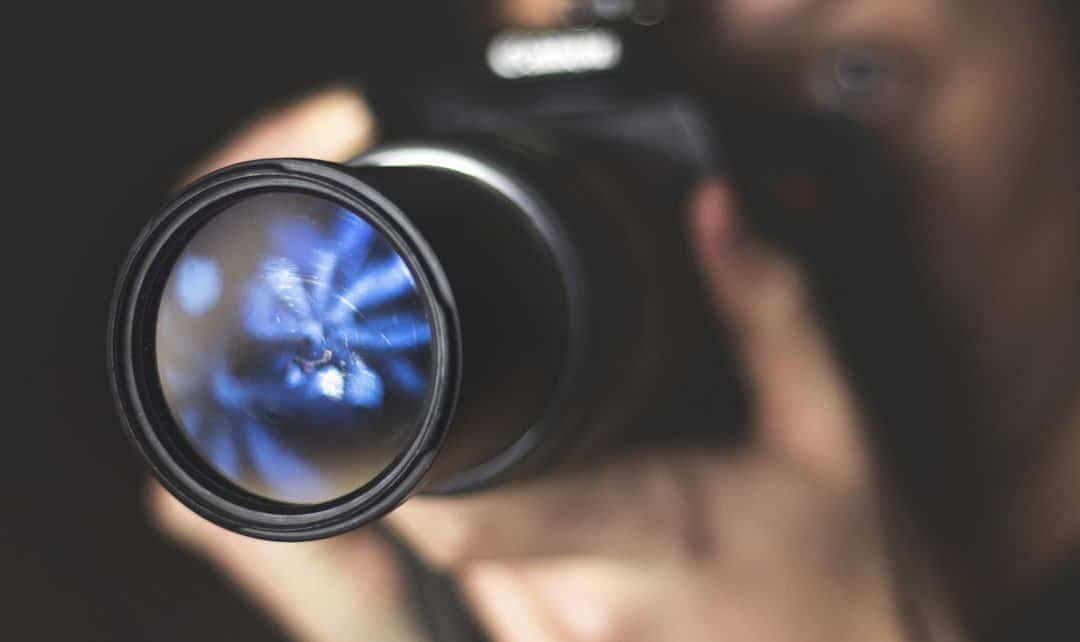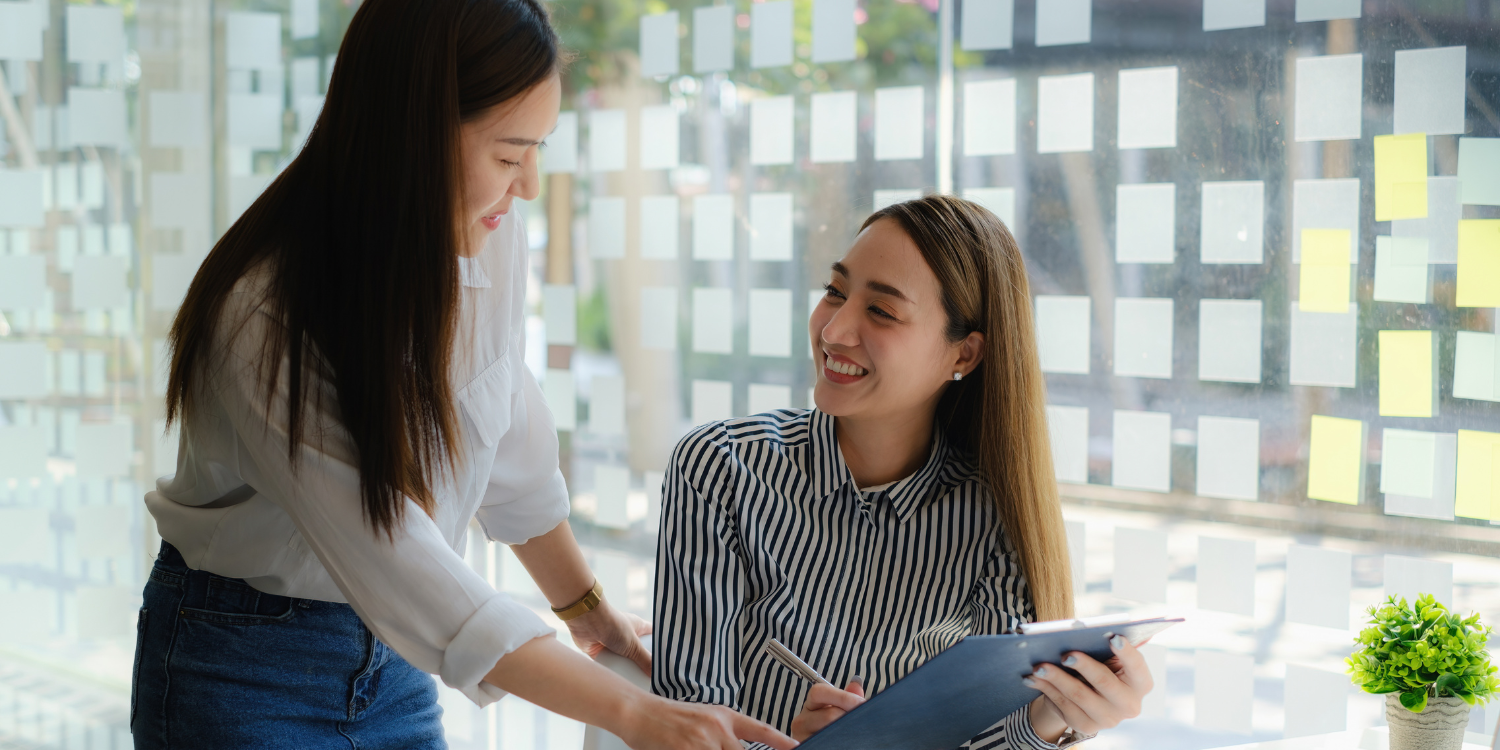When you are helping your client get ready to sell their house, you don’t always have a choice about their staging ideas and effects or knickknacks and furniture. Sometimes this results in less than appealing listing pictures. A good photograph, however, is possible nearly every time you list a home if you follow some of the do’s and don’ts tips for better real estate photos.
To take a good picture, you need good equipment. While it doesn’t have to be costly, a few dollars invested in new and modern camera equipment can make a huge difference in results. Start by getting a travel tripod. This could be one that sits on the ground or the kind that folds out onto a table or stool. What matters is getting your shots level so that your photos don’t look as though they were taken during an earthquake. Make sure your camera will connect to your tripod – that hole on the bottom of your camera screws onto your tripod in most cases, so be sure it fits.
Next, think about what you are taking pictures with. Smartphones are convenient, but their lenses are not wide enough (even when their MP or MegaPixel capability is large). Plus, they are handheld, which you don’t always want. A compact digital camera will do just fine. You are looking for one with a lens that can zoom from 24 and 28 mm. It does not have to be expensive but try for 14 MP capacity or better.
Turn away from the light:
When possible, avoid using the flash. Natural light looks best and won’t reflect off windows and surfaces. Avoid the “cave” effect a flash can give in long rooms. Learn to shoot photos without too much of the window in focus – bright light through the windows may make the camera compensate by taking darker photos. It is easy to fix this – experiment with taking photos where the light is behind you or to the side. Sometimes a bookshelf to the left or right will provide enough shade for the camera sensor so that it takes appropriate light readings before you make the shot.
Make it big:
Sometimes even a large home will look smaller in photographs if it does not have an open floor plan. This challenge can be overcome in a few simple ways. In the living room, start by walking around the room and looking through the lens until you see the widest possible viewpoint. Make sure that the closest thing to the camera is the carpet or flooring. This can make a room look much bigger, with or without furniture in it.
You may have to lower your tripod or angle your camera, but you can fit in the biggest view this way. Also, avoid putting wall and ceiling intersections near the edges of your viewing frame. This helps avoid a distorted look if you are using a wider lens. In other words, it will keep your walls straight!
Lawn photography:
The same basic rules apply for photographing the property’s lawn. Move out to the edge of the property and take a photograph from the corner in to highlight the space and light. You can also try taking overlapping or panoramic views. Even if your camera does not offer a panorama setting, just take a series of pictures with a small amount of overlap in your view screen. When you put them together on a slide show you can do one long picture, or if you put the original series together from left to right you will get a panoramic effect.
Don’t forget to have the lawn mowed, all extra tools and toys stored away, and if there are family dogs…well, you can guess the rest.
Bathrooms:
The bathroom can be tricky because it is the room with light, mirrors and the toilet. Few home buyers are interested in photographs of the toilet by itself. Try to approach the bathroom by highlighting the focal point of this room too. Make sure mirrors and surfaces are clean and streak free. Toiletries should be hidden away, old towels and bathrobes can be left outside the room. Make sure any towels that are hung are fresh and co-ordinate with the room. You may want to consider adding a flowering plant as a finishing touch.
Exterior:
Some of the best exterior shots of a home can be taken right around dusk. You will have soft lighting and the outdoor lights of the home may serve to highlight its features and outline its boundaries. While you will want to practise first – perhaps on your own home – once you get the hang of it, you will enjoy how easy it is to take natural looking pictures. Think of the photos where the sky is darker blue, night is almost falling, solar lights are winking on and the house is a majestic yet well-lit silhouette against the sky.
Planning:
A photo shoot should take time. An experienced photographer might take two hours to photograph a home. So should you. Plan what you want to emphasise in each room. What is its best selling point? Then structure your photographs around it.
For example, if the kitchen breakfast nook really makes the room look good, try taking several pictures with it in various angles in relation to the kitchen. Choose the best look. Do this for every room, first clearing the room of clutter. You can put the clutter just outside the door to the room for the purposes of your photo shoot and then replace it. If you are rushed, it is not a good time to take photographs. There is a certain calm and patience required to get the job done well.
It is not just a cliché; a picture really is worth a thousand words. You can make your pictures count as an integral part of your listing. It is said that most people rely predominantly on visual cues. Present yours in the right light and your listings will be saying, “buy me” in no time.
Yvonne Dick is a contributing writer for REM with two decades of experience in journalism.
















